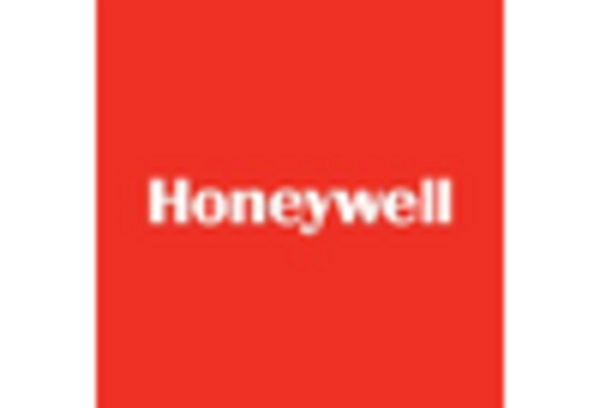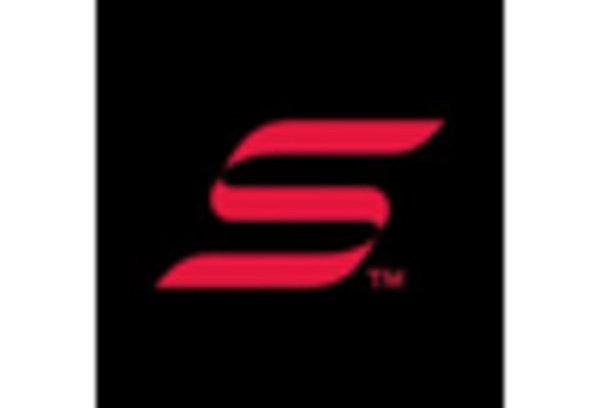Increased Security Concerns
The rising incidence of violent crime and terrorism in the US has heightened the demand for enhanced personal and public safety measures. This trend is particularly evident in urban areas, where the need for ballistic protection is becoming increasingly critical. As a result, the ballistic protection market is experiencing a surge in demand from law enforcement agencies, military personnel, and civilians seeking protective gear. According to recent estimates, the market is projected to grow at a CAGR of approximately 5.5% over the next five years, driven by these escalating security concerns. The ballistic protection market is thus positioned to expand significantly as stakeholders prioritize safety and security in their operations.
Growing Civilian Market Demand
The increasing awareness of personal safety among civilians is contributing to the growth of the ballistic protection market. As individuals seek to protect themselves from potential threats, there is a rising demand for personal protective equipment, including body armor and ballistic shields. This trend is particularly pronounced in areas with higher crime rates, where civilians are more likely to invest in protective gear. The ballistic protection market is adapting to this shift by offering a wider range of products tailored to civilian needs, which is likely to further expand the market. Estimates suggest that the civilian segment could account for a notable share of the overall market by 2030.
Military Modernization Initiatives
The US military's ongoing modernization initiatives are a key driver of the ballistic protection market. With a focus on enhancing the capabilities of armed forces, the military is investing heavily in advanced protective equipment for personnel. This includes body armor, helmets, and vehicle armor systems designed to withstand various ballistic threats. The Department of Defense has allocated substantial budgets for research and development in this area, indicating a commitment to improving soldier safety. As a result, the ballistic protection market is likely to benefit from increased procurement contracts and partnerships with defense contractors, further stimulating growth in the sector.
Regulatory and Compliance Requirements
The evolving regulatory landscape surrounding personal and public safety is influencing the ballistic protection market. Various federal and state regulations mandate specific safety standards for protective equipment, particularly for law enforcement and military applications. Compliance with these regulations is essential for manufacturers, as it impacts product design and market entry. The ballistic protection market must navigate these complex regulatory frameworks to ensure that their products meet the necessary safety criteria. This compliance-driven approach is likely to foster innovation and quality improvements within the market, ultimately benefiting end-users who rely on these protective solutions.
Technological Innovations in Materials
Advancements in materials science are playing a pivotal role in shaping the ballistic protection market. Innovations such as lightweight composites and advanced polymers are enabling the production of more effective and comfortable protective gear. These materials not only enhance ballistic performance but also improve mobility for users, which is particularly important for military and law enforcement personnel. The ballistic protection market is witnessing a shift towards these high-performance materials, as manufacturers strive to meet the evolving needs of their customers. This trend is expected to drive market growth, as stakeholders increasingly prioritize both protection and usability in their equipment.

















Leave a Comment